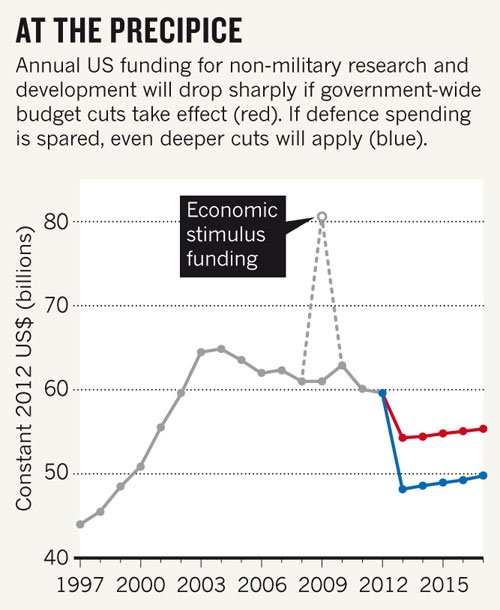About two years ago, a postdoc (Tom Gihring) working with me on our IFRC project brought a few graphs into my office that dumbfounded me. Which, in truth, is not hard to do. In these graphs it was very clear that microbial community ecologists doing pyrosequence analysis were failing to take notice of some well established literature that had demonstrated a large potential for biases when pyrosequence sampling depth was unequal between the samples under comparison. We were just starting to publish these types of studies in our ORNL group and we were all still learning a lot about how to do them properly, so he double checked his results and I quickly became convinced that what he was telling me was important and correct.
This bias was actually relatively straightforward to explain. Basically it would be equivalent to bias observed if a plant ecologist estimating species diversity in a sample plot with the tried and true frame & count methods, was to use different sized frames for each estimate! This inevitably led to the process of trying to get the observations written up (which did not take long thanks to Tom!) and published (which seemed to take forever!). In the process, we read some other good science/opinion papers which influenced the way we tried to present our paper. In particular, the paper by James Prosser entitled succinctly enough – “Replicate or Lie” – was a great model!
Our reviewers in the end did not let us publish a STRONG opinion paper. They were uncomfortable with the language being to negative toward current methods, so we caved in and appeased them in order to get the article published (here is a pdf Gihring_EM_2012). Such reticence on the part of reviewers is commonplace and probably stemmed from the fact that at the time we did not have many pubs under our collective belts on using the latest and greatest pyrosequencing techniques. And the related fact that, modern molecular microbial ecology has become a very technology dominated enterprise in the last few years. I would like to think however that we each had a pretty strong record in ecology and microbiology in general (even though we were all fairly young) and this should not have been an issue given that collective record. That could be the story for another entire post however.
Anyway, I recently pulled out a VERY STRONG science/opinion paper that I first read in graduate school, as I was preparing a lecture for some current graduate students this semester. It is a classic and it is harsh! Written by three very well respected scientists as the 3 domains of life was coming to the fore; Gary Olsen, Carl Woese and Ross Overbeek take the ENTIRE field of microbiology to task in various parts of this Journal of Bacteriology paper.

http://www.ncbi.nlm.nih.gov/pmc/articles/PMC205007/
In it is the crux of the argument, expounded on by Woese, Norm Pace and others in subsequent years, that the term ‘Prokaryote’ is outdated, phylogenetically invalid, and harming a correct evolutionary understanding of the nature of life! Do not use it. If this term is in there, and I review your paper, or your exam answer, you will not like the result. It was reading this and other papers from Woese and associates, as well as the subsequent arrival of Prof. Pace in Colorado, that greatly influenced the direction of my dissertation research on soil fungi. I started my studies before Prof. Pace arrived at the University of Colorado, but I probably would not have finished it without the influence and consultation of Prof. Pace and his lab members.

The whole paper deserves a read by any microbiologist worth his or her salt. The quotable material in here is just too volumous to do it justice. Below I have pasted a few of the more salient highlights from only the fourth paragraph (it would simply take to long to do it all justice here). Seriously, read the whole thing, and if you have read it before, read it again.
- “The most profound symptom of microbiology’s unfortunate condition was its reliance on the prokaryote-eukaryote dichotomy as a phylogenetic crutch, something that replaced any useful understanding of microbial relationships”
- “…it represented microbiology’s only hope of formulating a ‘concept of a bacterium’
- “With repetition (as catechism) the prokaryote-eukaryote dichotomy served only to make microbiologists easily accept their near total ignorance of the relationships among the prokaryotes”
- “This was no invitation to creative thought, no unifying biological principle.”




